Archaeology & History
Ancient Roman Villa in Germany Yields Fragments of a Large Votive Monument
Excavations at the Hechingen-Stein villa complex have been ongoing since the 1980s.
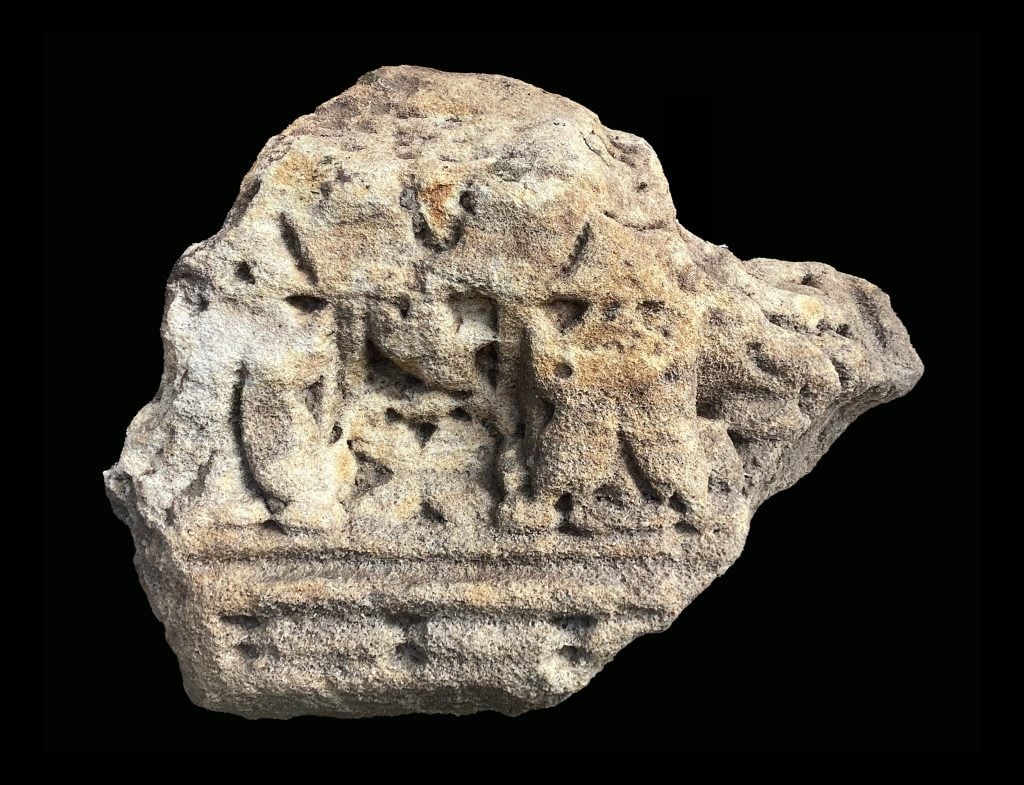
Archaeologists working on the decades-long excavation of Hechingen-Stein, a Roman villa complex in southwestern Germany, have unearthed more than 100 fragments of a giant votive monument.
While the precise form of the dedication to the Roman gods remains unclear, the monument would have originally been built out of many stone blocks laid one atop the other. Archaeologists believe only a small number of the monument’s blocks have been found and it already appears larger than similar structures so far discovered in Raetia and Upper Germania, regions occupied by the Romans on and off from the 1st century C.E. through the 5th century C.E.
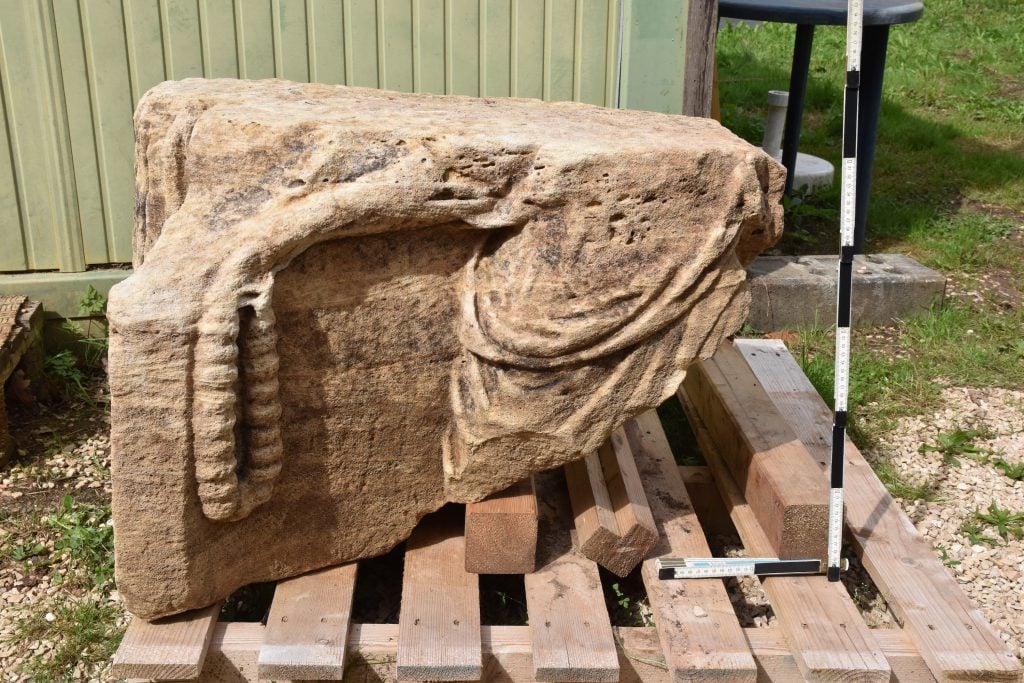
A fragment of the votive monument. Photo: State Office for Monument Preservation in the Stuttgart Regional Council.
“The blocks are decorated with reliefs on all sides, showing ancient gods and figures from the associated legends,” said Klaus Kortüm, an archaeologist working through the Stuttgart branch of Germany’s national office for monument preservation. “Following Roman times, the monument was broken up into pieces, both large and small, and scattered. Only some parts of the figures are recognizable and these can only be identified using better-preserved examples.”
The votive monument, the likes of which served both a religious function and a means of social signaling in Roman society, gestures to the question that has concerned archaeologists ever since the villa and its grounds were discovered the late 1970s: who was the owner of this large and well-developed property?
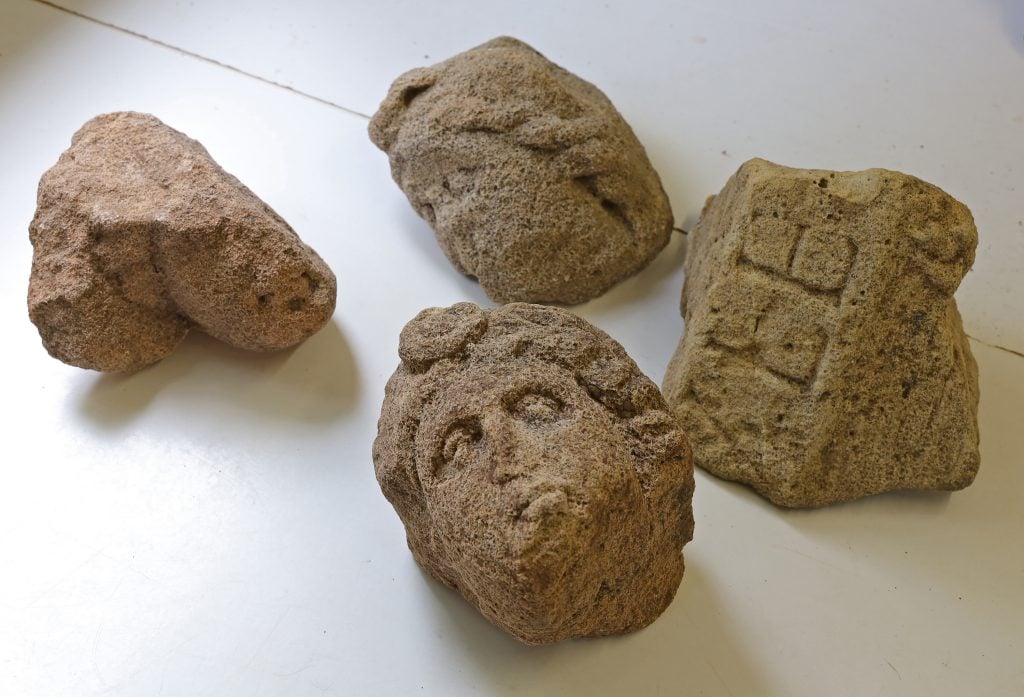
A head among the fragments of votive monument. Photo: State Office for Monument Preservation in the Stuttgart Regional Council.
It’s possible that clues will emerge through further analysis of the votive monument, given they often included inscribed details about the dedicator, the gods involved, and the reasons for building the offering.
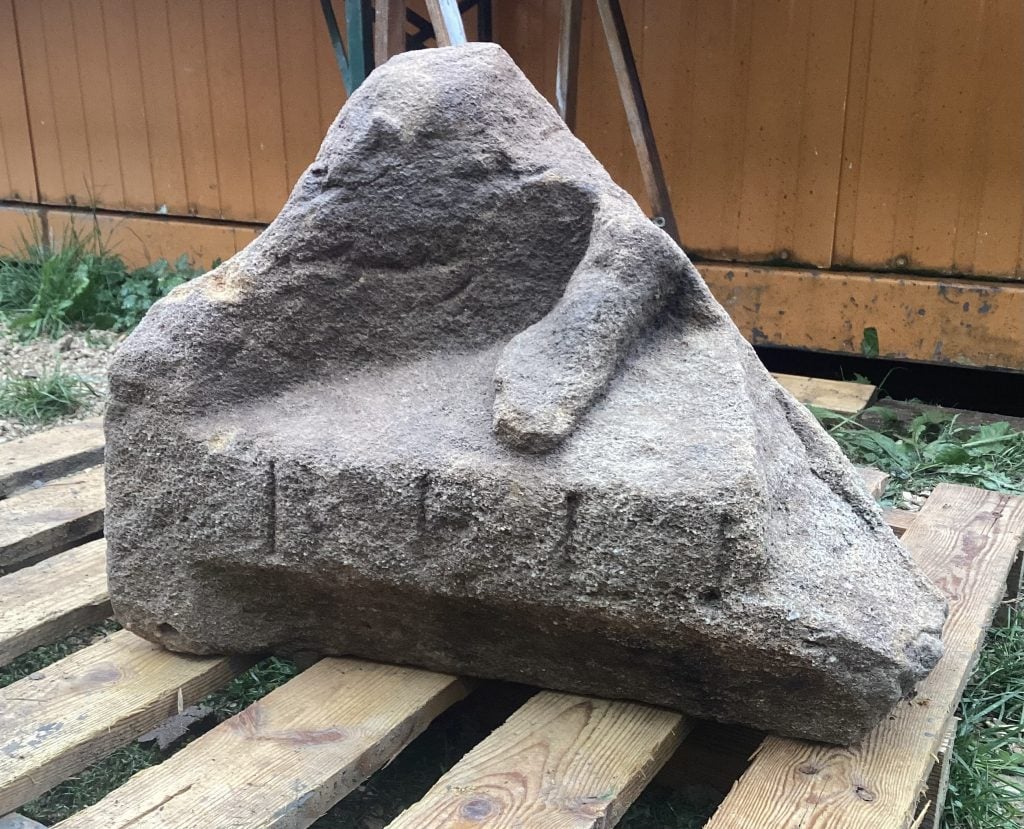
A fragment of the votive monument. Photo: State Office for Monument Preservation in the Stuttgart Regional Council.
The complex at Hechingen-Stein is an outlier in the more than 1,500 Roman farmhouses, known as villa rustica, that have been found in Baden-Württemberg state. For starters, it probably didn’t serve an agricultural function on account of the poor soil quality in the surrounding area. Furthermore, it is larger and more elaborate than other rural Roman properties and includes an encircling wall, a main building with a courtyard and rooms with undersoil heating, a temple, and two areas for bathing.
It’s believed the complex was abandoned as part of a planned withdrawal around the year 260 C.E. and the lack of onsite destruction together with the fact it has never been built upon has made “the complex a site of outstanding importance for archaeology in the state,” as the Roman Open Air Museum at Hechingen-Stein put it.
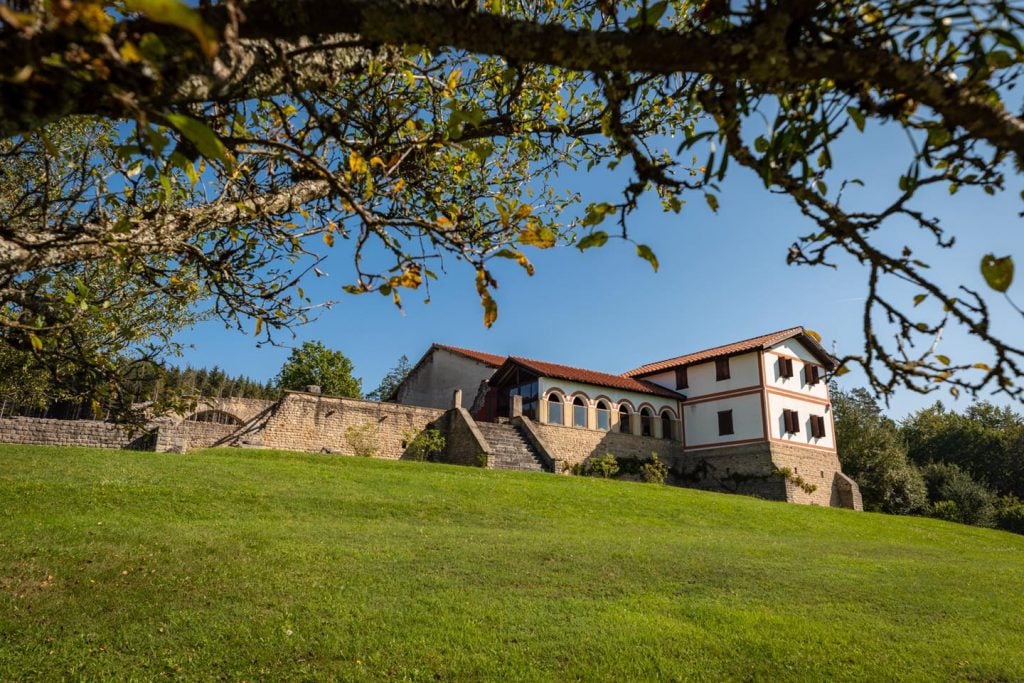
The reconstructed main house of the Roman Open-Air Museum Hechingen Stein. Photo: Roman Open-Air Museum Hechingen Stein.
Accordingly, excavations at Hechingen-Stein have taken place almost every year since 1992, gradually revealing the buildings, grounds, and surrounding wall, which have been made accessible to the public.
Aside from hopefully uncovering more blocks, the plan for the votive monument is to create scaled-down replicas of the blocks using a 3D printer. These will be assembled into a miniature model which will be shown, along with the original stone blocks, at the museum.





